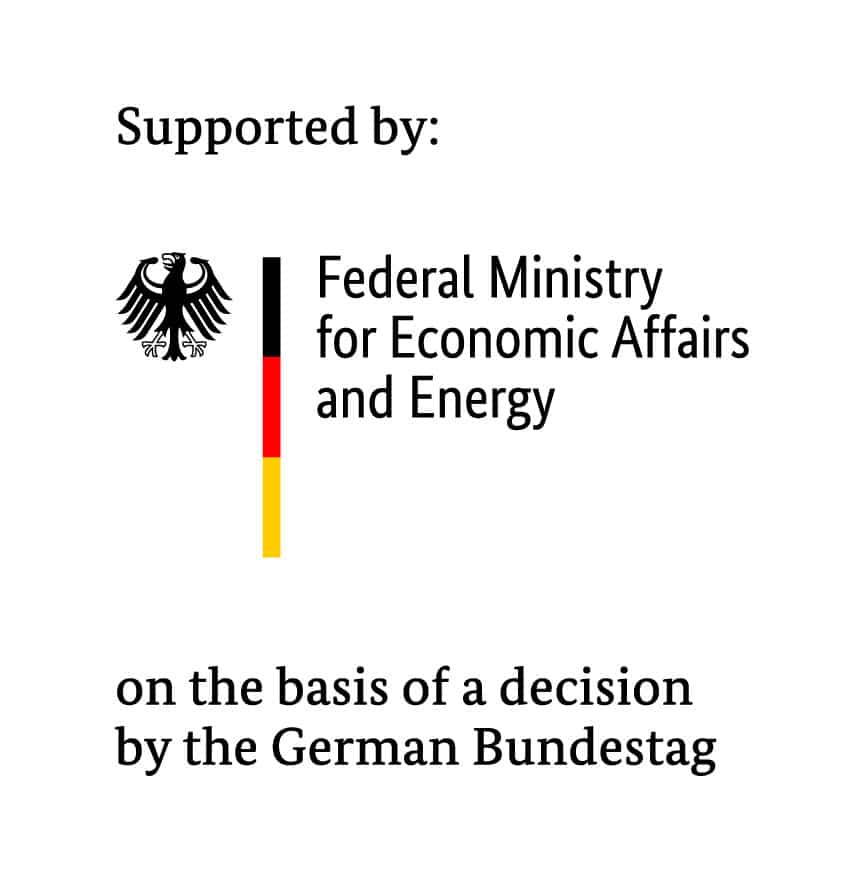
LIMES – Subproject 3: Influence of Process Steps on the Charge Carrier Lifetime in Si Materials for Highly Efficient Solar Cells
Contact
Prof. Dr. Jan Schmidt
Head of PV department: human resources
Tel.: +49(0)5151-999 425
E-Mail: j.schmidt@isfh.de
Even today’s high quality silicon materials do not always reach charge carrier lifetimes of several milliseconds, which will be required in future high-efficiency solar cell generations. Therefore, the following questions arise:
- What defects limit carrier lifetimes in the millisecond range?
- How do the defects behave in different solar cell processes?
- Can the negative effects of defects be limited by optimized processes?
In this project, the limitations of the best state-of-the-art, industry-relevant Si materials – with expected lifetimes of more than 1 ms – will be investigated. These are the following materials: (i) Cz-Si (p-type), (ii) Cz-Si (n-type), (iii) high-performance (HP) mc-Si and (iv) FZ-Si wafers. The lifetime samples and cell precursors are subjected to the same high-temperature, getter and/or hydrogen passivation steps specific to certain high-efficiency cell technologies in order to simulate the presence of defects after completion of the cell process, which is relevant for the attainable efficiency. So-called regeneration steps or high-temperature pre-treatments will also be used. The aim is to identify process sequences that lead to charge carrier lifetimes that are compatible with very high efficiencies >25%.
Partners



Duration of the project
01.08.2017 – 30.06.2021
Final report
The final report of the project can be found here!
Funding
The project is funded by the Federal Ministry for Economic Affairs and Energy under grant no 0324204D.

